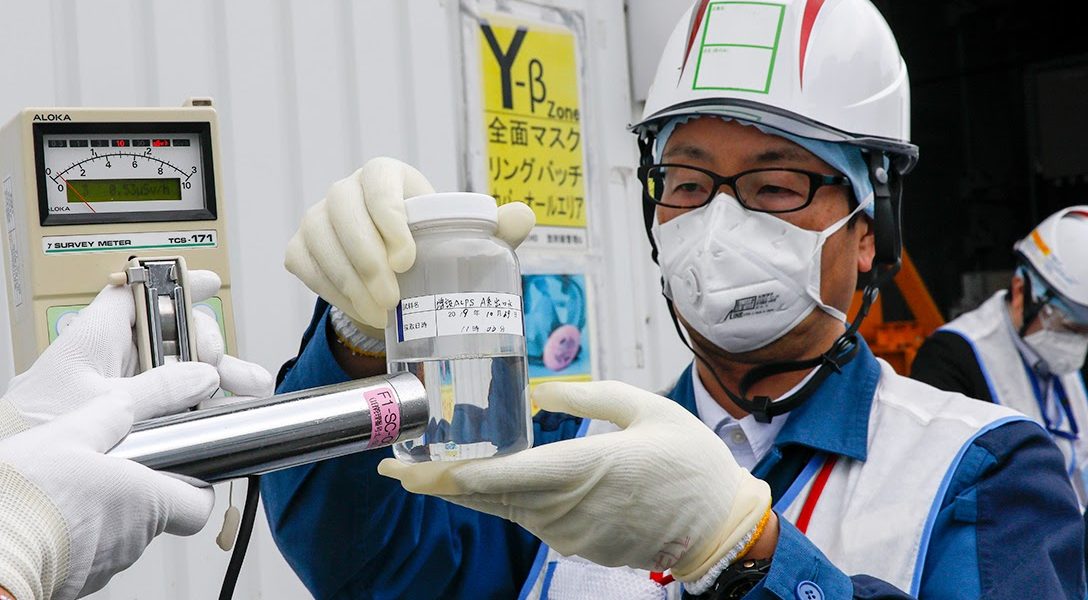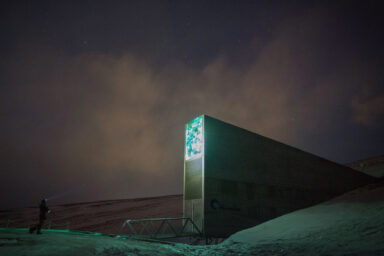The International Atomic Energy Agency (IAEA) announced Tuesday that Japan’s plan to release large amounts of treated radioactive water into the ocean would not pose a significant risk to the environment.
|
Listen To This Story
|
The International Atomic Energy Agency (IAEA) announced Tuesday that Japan’s plan to release large amounts of treated radioactive water into the ocean would not pose a significant risk to the environment.
In an effort to avert a major nuclear catastrophe, this water was used to cool the fuel rods of the Fukushima nuclear power plant following a massive earthquake and tsunami that hit Japan in 2011. As it was, the event is universally considered to be the second most devastating civil nuclear incident in history, trailing only the Chernobyl disaster from 1986.
While a mass-casualty event was prevented, this emergency measure left behind millions of gallons of radioactive water.
Now, 12 years after the disaster, Japan wants to release that water, which has been treated using an Advanced Liquid Processing System (ALPS), into the ocean. This treatment has removed almost all radioactivity from that water aside from tritium, the Japanese government says. And, to reduce the levels of tritium to levels consistent with regulatory standards, it will be diluted before being released.
This plan has led to condemnation from countries like China, as well as fears among Japanese fishermen, who worry about their livelihood.
To alleviate these concerns, the government of Japan asked the IAEA to sign off on its plan.
On Tuesday, it did.
In a 140-page report, the IAEA acknowledged that the release of the water into the ocean has “raised societal, political and environmental concerns, associated with the radiological aspects.”
However, the agency concluded that Japan’s plan to discharge the treated water is sound.
“Based on its comprehensive assessment, the IAEA has concluded that the approach and activities to the discharge of ALPS treated water taken by Japan are consistent with relevant international safety standards,” IAEA Director General Rafael Mariano Grossi said in the foreword of the report.
“Furthermore, the IAEA notes the controlled, gradual discharges of the treated water to the sea, as currently planned and assessed by TEPCO, would have a negligible radiological impact on people and the environment,” he added.
That being said, the IAEA also stressed that, once the release of the water begins, it is important to continue to keep an eye on the situation.
“Many of the technical topics reviewed and assessed by the Task Force will need to be revisited by the IAEA at various times to assess the consistency of activities during the operation of the ALPS treated water discharges with relevant international safety standards,” the report states.
There will be plenty of time to monitor the impact that this water will have on the surrounding environment, as the process of releasing all of the material is expected to take decades.


